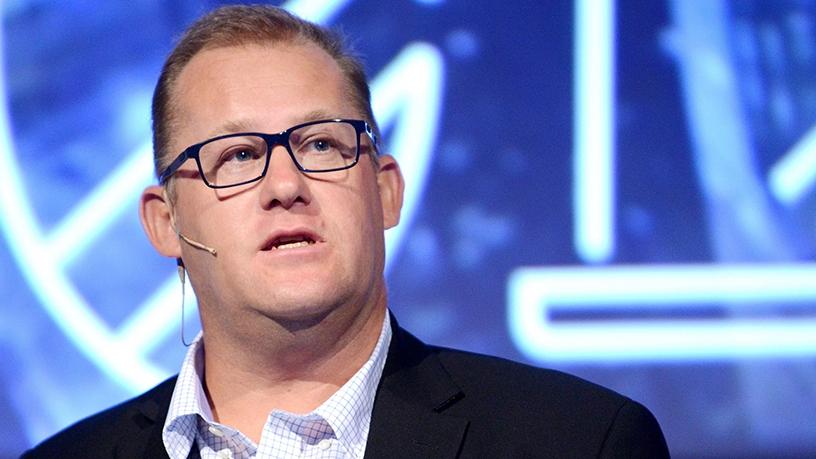
For organisations to realise their digital future, they need to transform four key areas of their business: digital, IT, workforce and security.
This is according to Nigel Moulton, EMEA chief technology officer: converged platforms and solutions division at Dell EMC, speaking at the Dell EMC Forum 2018 in Johannesburg this week.
Digital transformation
Digital transformation is about automating the business and digitising processes and applications to become more agile, noted Moulton.
The IT focus is moving from systems of record to systems of engagement, he added. The world has changed and the way people and organisations connect and collaborate requires new types of applications that are customer-driven, said Moulton.
"In the past we focused on systems of record. Systems of engagement were reasonably hard to do because it involves people talking to people. But as you digitise, you allow people - internal and external, to interact through a piece of software. So the way you offer systems of engagement changes when you do software."
Doug Woolley, general manager for Dell EMC, said digital transformation is the journey companies have to start now, if they haven't already.
"In SA, we are convinced the digital future is now. We have the skills, we have the technology, we have the know-how: there is no reason you shouldn't be starting that journey in your own business.
"The building blocks are all in place. From a Dell perspective, all our main brands are available, and our partners are all ready to help customers with the journey."
If the African continent embraces digital transformation and does it right, it will transcend some of the legacy challenges First World countries could potentially have, said Woolley.
Therefore, "it will be foolish for the continent not to drive the digital agenda harder, because it is our competitive advantage - and will put us on an even footing with First World economies and companies."
IT Transformation
Moulton said companies should modernise their data centres, automate their processes, and transform their operations. Combining these factors together can have a dramatic effect on what is traditionally called IT, he continued.
Moreover, IT infrastructure in companies should be able to make the most of new technologies - and embedding software in the hardware systems is a critical component of this, noted Moulton.
As technologies such as the Internet of things and machine learning start to become more mainstream, and companies embed intelligence that measure and monitor connected things, they need different architectures, he noted.
"We are realising that we need a new cloud-native architecture that is going to drive this world of connected things."
As businesses modernise their infrastructure, they should think big, start small and scale fast, advised Moulton.
Workforce transformation
Meanwhile, Mouton said workforce transformation is critical in a world where the way people work and how they work is changing.
Currently, IT is measured on cost as opposed to user experience, he said, adding IT has to balance user productivity with cost.
"One of the hardest things to do sometimes is to get the people and the culture of organisations to embrace automation and modernisation of technology in the workplace. This is because it changes the way they work, the devices they use and the skills they now need."
Security transformation
Also, as companies are making more systems and applications available to consumers, the security risk becomes higher, said Woolley.
"At times we take a very scattered approach to the way we do security of the end point, the way we secure infrastructure, and networks."
Businesses need to ensure proper security measures are built into all parts of the infrastructure, noted Moulton. One way of securing devices is embedding code on devices like laptops that constantly learn from cloud-based services, he added.
"Because if I can learn from a threat or learn from an attack and propagate that information to everything that subscribes to the service, that's a massive win. But to do it I need to think about how I use massive centralised computing resource - the cloud to measure and monitor what goes on."
Share